Gina M. Grimshaw
Lateralization in Agents' Decision Making: Evidence of Benefits/Costs from Artificial Intelligence
Feb 03, 2023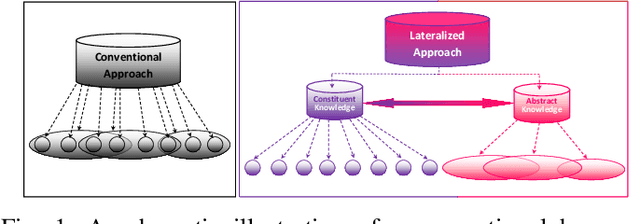
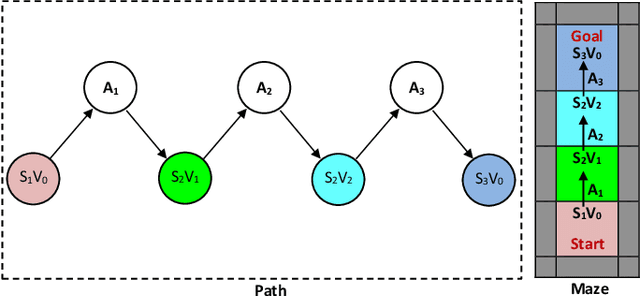
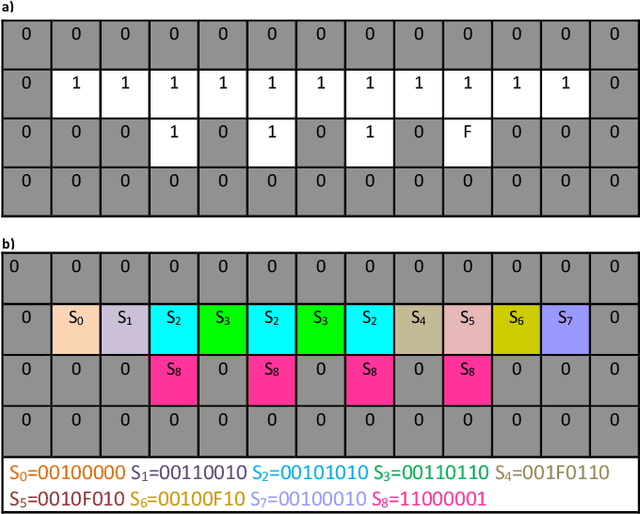
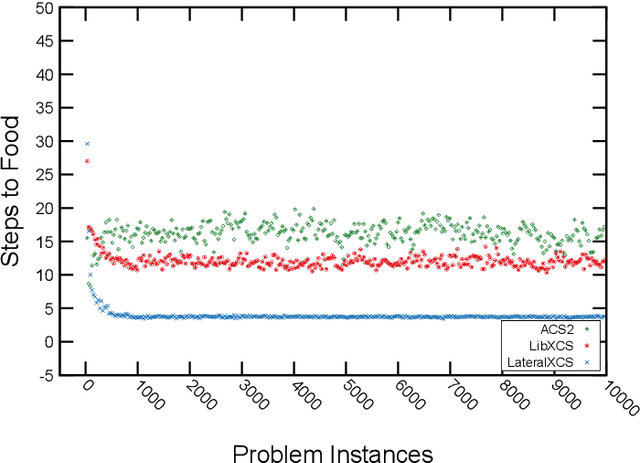
Abstract:Lateralization is ubiquitous in vertebrate brains which, as well as its role in locomotion, is considered an important factor in biological intelligence. Lateralization has been associated with both poor and good performance. It has been hypothesized that lateralization has benefits that may counterbalance its costs. Given that lateralization is ubiquitous, it likely has advantages that can benefit artificial intelligence. In turn, lateralized artificial intelligent systems can be used as tools to advance the understanding of lateralization in biological intelligence. Recently lateralization has been incorporated into artificially intelligent systems to solve complex problems in computer vision and navigation domains. Here we describe and test two novel lateralized artificial intelligent systems that simultaneously represent and address given problems at constituent and holistic levels. The experimental results demonstrate that the lateralized systems outperformed state-of-the-art non-lateralized systems in resolving complex problems. The advantages arise from the abilities, (i) to represent an input signal at both the constituent level and holistic level simultaneously, such that the most appropriate viewpoint controls the system; (ii) to avoid extraneous computations by generating excite and inhibit signals. The computational costs associated with the lateralized AI systems are either less than the conventional AI systems or countered by providing better solutions.
Lateralized Learning for Multi-Class Visual Classification Tasks
Jan 30, 2023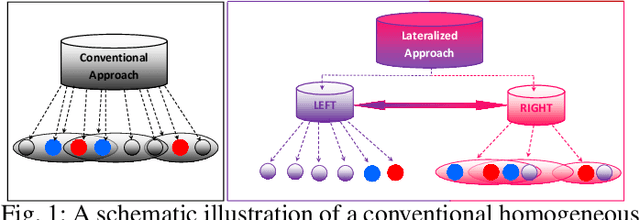
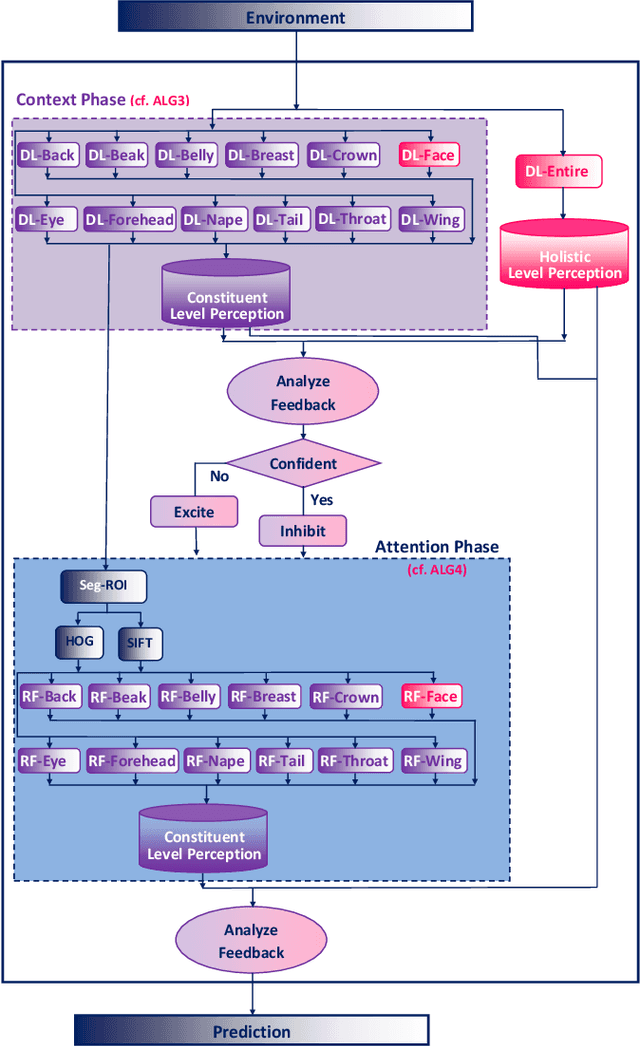
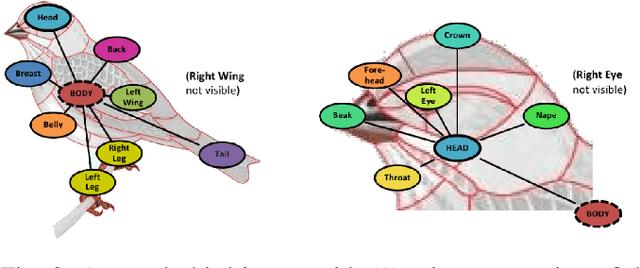
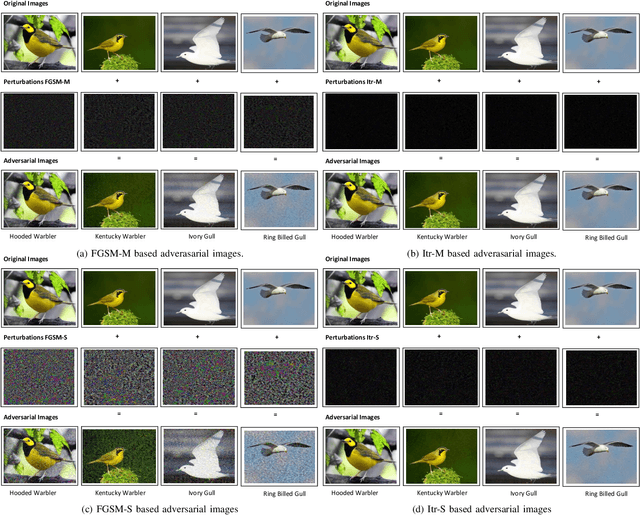
Abstract:The majority of computer vision algorithms fail to find higher-order (abstract) patterns in an image so are not robust against adversarial attacks, unlike human lateralized vision. Deep learning considers each input pixel in a homogeneous manner such that different parts of a ``locality-sensitive hashing table'' are often not connected, meaning higher-order patterns are not discovered. Hence these systems are not robust against noisy, irrelevant, and redundant data, resulting in the wrong prediction being made with high confidence. Conversely, vertebrate brains afford heterogeneous knowledge representation through lateralization, enabling modular learning at different levels of abstraction. This work aims to verify the effectiveness, scalability, and robustness of a lateralized approach to real-world problems that contain noisy, irrelevant, and redundant data. The experimental results of multi-class (200 classes) image classification show that the novel system effectively learns knowledge representation at multiple levels of abstraction making it more robust than other state-of-the-art techniques. Crucially, the novel lateralized system outperformed all the state-of-the-art deep learning-based systems for the classification of normal and adversarial images by 19.05% - 41.02% and 1.36% - 49.22%, respectively. Findings demonstrate the value of heterogeneous and lateralized learning for computer vision applications.
 Add to Chrome
Add to Chrome Add to Firefox
Add to Firefox Add to Edge
Add to Edge